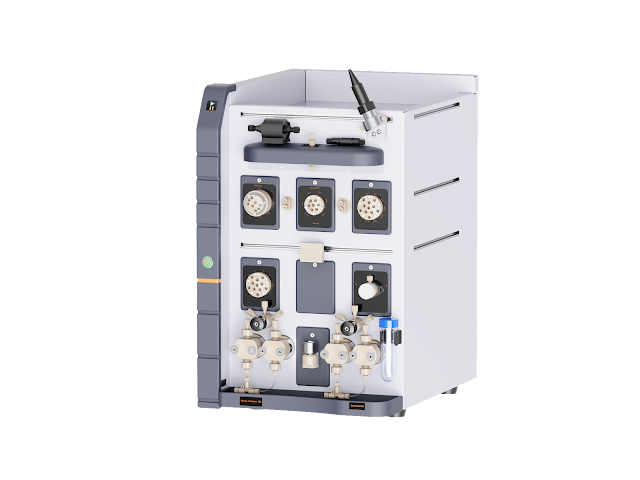Advancing Biotechnology: Mastering Protein Purification and Liquid Chromatography
Protein purification is a fundamental process in biochemistry and biotechnology, critical for studying proteins' structure, function, and interactions. The first step in protein purification typically involves cell lysis, where cells are broken open to release their contents, followed by a series of steps to isolate the protein of interest from other cellular components. The complexity of these steps depends on the protein's properties, such as size, charge, and solubility. Key considerations in this process include maintaining protein stability and activity and removing contaminants that may interfere with downstream applications.

Liquid Chromatography Fast Protein: The Technique
Fast Protein Liquid Chromatography (FPLC) is a type of liquid chromatography specifically designed to work at low pressures, making it ideal for the delicate nature of protein molecules. Unlike traditional methods, FPLC allows for the efficient separation of proteins based on their size, charge, hydrophobicity, or affinity for specific ligands. This technique is beneficial in protein purification due to its ability to handle large volumes and its versatility in adapting to different protein properties. The precision of FPLC in separating proteins under gentle conditions helps maintain the biological activity of the proteins, which is crucial for their subsequent use in research and therapeutic applications.
Applications in Research and Industry:
The application of protein purification and Fast Protein Liquid Chromatography extends across various fields, including pharmaceutical research, biotechnology, and academic studies. Protein purification is essential in producing enzymes, antibodies, and other biologically active proteins for therapeutic use. Similarly, FPLC plays a pivotal role in the purification process, especially in the industrial-scale production of biopharmaceuticals. Its high-resolution capabilities are invaluable in ensuring the purity and quality of the final protein product. These techniques are also fundamental in academic research, where purified proteins are necessary for structural and functional analyses, providing insights into protein mechanisms and interactions.
Challenges and Advances:
Despite the effectiveness of protein purification and Fast Protein Liquid Chromatography, several challenges remain. One major challenge is the loss of protein activity during purification, which can be caused by factors such as protease activity or harsh conditions. Additionally, FPLC systems can be expensive and require specialized knowledge to operate effectively. Recent advances in this field are focused on improving the efficiency and cost-effectiveness of these processes. Innovations include the development of more robust and selective affinity tags and ligands, as well as improvements in chromatography media and equipment design, which enhance the overall yield and purity of the target protein.

Conclusion:
Protein purification and Fast Protein Liquid Chromatography fields are continuously evolving, with advancements aiming to overcome existing challenges and enhance the efficiency of these processes. These techniques play an indispensable role in scientific research and biopharmaceutical production. For more detailed insights and the latest developments in these techniques, one can visit inscinstech.com.cn, which offers comprehensive information and resources on these critical biotechnological processes. This knowledge is essential for scientists and researchers seeking to push the boundaries of protein-based applications in various sectors.
.jpg)
.jpg)
Comments
Post a Comment